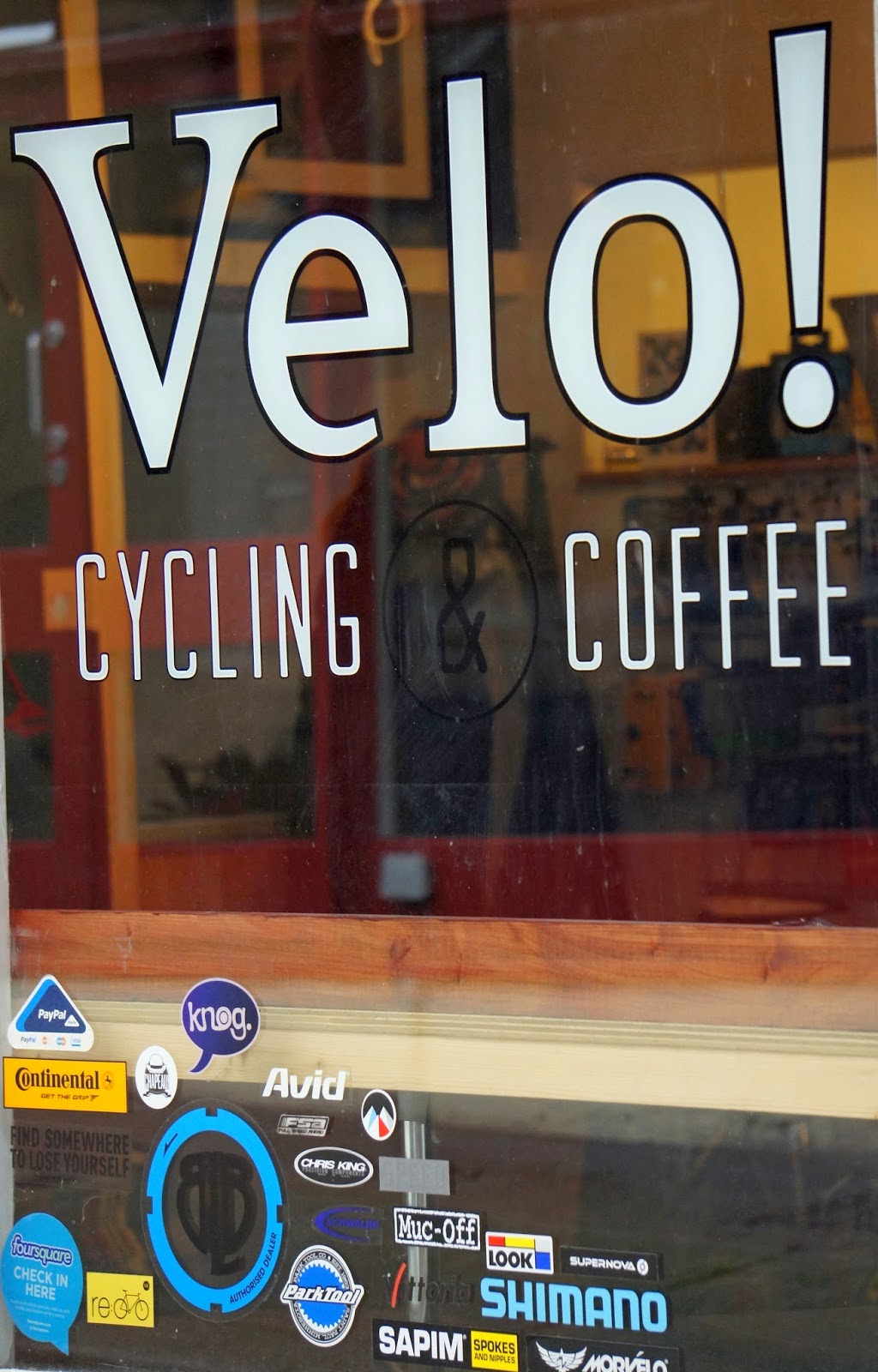Sourcing commuter/everyday
tyres for a group test feels reminiscent of the Commodore 64 classic about a
uni-cycling caveman called BC, who weaved around prehistoric, pixelated canyons
amassing replacement rubber.
Just as grass roots racing
still stars bikes brewed using an eclectic mix of reciprocal parts hung on
older, though worthy framesets; there are no hard n’ fast rules. Some folks with mechanically sensitive riding
styles prioritise minimal rolling resistance and are willing to accept greater
vulnerability to sharps, holes and other nasties.
Others prefer the belt n’
braces combination of a really tough 30tpi casing, aramid belts, thorn
repelling inner tubes and a slightly stodgier ride.
One thing everyday rubber needs
to be, is dependable otherwise you won’t fancy riding. No matter how proficient
or prepared you are, there’s nothing pleasant about roadside tube swaps and
patching damaged casings fifteen miles from home when its pitch black and minus
5!
Vittoria have always enjoyed
a strong following and their UK importer has kindly sent me their
26x1.6 street runner and 120tpi 700x35c Voyager hyper. The street runner is
basically a fast rolling urban mtb semi slick, whereas the voyager is marketed
as an “Ultra-light touring tire
has most of Pro Series race technology. Grip, comfort, handling, reliability,
good look: this tire has it all!”
Hmm, proof of the puncture
resistance and overall performance lies in daily service but both seem pretty
keen so far. Also begs the question of where my workshop tyre wand has vanished
to...
Irrespective of product,
someone will always find limitations (as distinct from fault). Some people are
just genuinely harder on equipment than others. Back in the late 1990s, I
regularly attended the Brixton Cycles “Beastway” mountain bike racing series
held at London’s Temple Mills Lane and recall one rider saying he’d destroyed
countless pairs of high-end cross country race wheels.
There wasn’t any obvious
explanation-yes; he had an aggressive technique, though hardly abusive. Then,
during the course of conversation, it transpired he exceeded 90 kilos-markedly
heavier than might be expected of a man standing 175cm (5’9) tall.
Staying with surprises, those
32mm Kenda Kwicker Bitumen have proved their worth these past fourteen months,
only puncturing once in 5,000 miles-easily remedied with a sturdier tube,
suggesting the Iron cap technology is genuinely effective.
Lacking the outright
invulnerability of their Iron Cloak (Aramid) series, or indeed Schwalbe’s
slightly portly “smart guard” system (that actually deflects sharps rather than
drawing them inboard) Iron cap denotes comprehensive puncture preventative
strip spanning bead to bead but with vastly superior wet weather manners compared
with some similarly priced rivals.
Rolling resistance isn’t bad
for a 60tpi casing either (when run at their 85psi maximum) either. Sure, the tread is
beginning to sport some obvious signs of wear along the centre-strip but I
reckon we’ll reach 8,000 before retirement beckons. Popular lore advocated
alternating front and rear tyres for uniform wear/optimal economy. Indeed, it
was an enticing argument since, depending on rider/braking technique, the rear
can be exhausted almost three times as quickly.
Alas, just as fork, rather
than frame failure is most likely to result in serious injury, the same goes
for a front blow-out. Thrifty folks, desperate to get their money’s worth and
who employ similar pairings can extend their lifespan by replacing a worn rear
with their existing front and letting the factory-fresh unit lead. Exhausted
tyres are best reincarnated as belts or “boots” (cannibalised strips used to
bandage and reinforce nasty lesions in otherwise healthy casings).
Two suitable disc specific
fork candidates with mudguard eyelets (for the Ilpompino’s front end transformation)
have arrived at once. Imports intrigue me but I’d sooner do business with a
domestic supplier. Ticket prices may be higher, though faults/warrantee matters
are straightforwardly addressed and there’s no nasty import tax hangovers
further along the line. Making do and retrofitting to the fixers ITM Visa
blades seemed another tangible option. In reality, the band-on breed seems
decidedly low-rent.
Contrary to my earlier
remarks about TRP’s HYRD being too prestigious for said build, the lure and
practicality of a self-adjusting open system seems way too enticing and for me
at least, justifies the additional cost over a mechanical calliper. Donning
bandanna, huge hoop ear-ring and gazing into my crystal ball, I see a machine
built front 32hole hoop, laced two cross to Shimano’s venerable M525 (Deore)
cup n’ cone hub…
Deore, rather like its STXrc
predecessor is a very serviceable, inexpensive groupset that delivers plenty of
smiles per mile but doesn’t dictate re-mortgaging should something break. Cup
n’ cone hubs have been superseded by sealed cartridge types but are
mechanically simple and very smooth when striped and fed decent quality
waterproof grease at regular intervals.
Aside from some intensive
brand management/promotion of “Seven Day Cyclist”; I’ve been introduced to an
artist who might be willing to bring “Claud the Butler & Friends” to life
on a royalties basis. There’s been renewed interest from publishers too;
although the whisper of self-publishing has intensified into a gentle roar.
Arguably an internet
phenomenon but we’ve all become very comfortable with the notion of free
goods/services. I am a firm believer that people’s time and skill need
recognition and should be remunerated, or at least repaid in kind.

















































